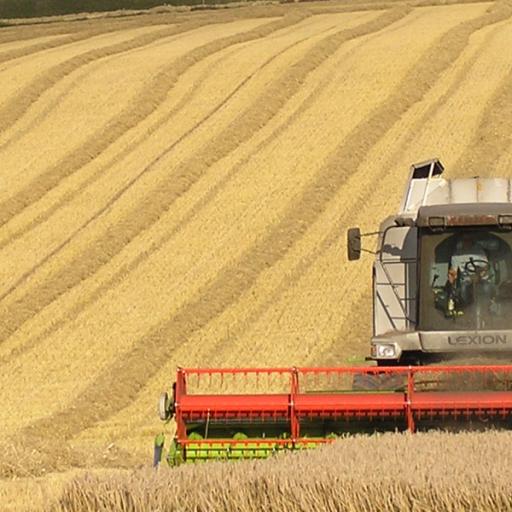Conventional microeconomic models applied to innovations have not adequately explained the vaiation in technological adoption across frims. Numerous theoretical and empirical studies have attempted to explain the observed patterns of technological change, especially in agiculture, yet there is no consistent explanation why seemingly profitable technologies are sometimes not adopted by specific classes of farms. Possibly, the problem is that economic models have difficulty with the concept of heterogeneity. There is considerable heterogeneity of farms with regard to demand of new technologies, but it has been difficult to develop robust models that describe the source or consequences of this heterogeneity. One of the sources of this heterogeneity is risk preferences. The adoption of new or untried technologies always involves a degree of risk and uncertainty concerning the effect of this input on the distribution of farmers’ profits. In this paper we develop a theoretical and empirical model that aims to explain endogenous technol- ogy adoption under production risk; the application of the model concerns adoption of irrigation technology in agriculture.
Irrigation water is becoming an increasingly scarce resource for the agricultural sector in many regions and countries. Common ground in past policy schemes was the develop- ment of adequate irrigation infrastructure to guarantee the supply of irrigation water as the demand for agricultural products continued to increase. However, these expansionary policies have resulted in increased consumption of irrigation water by the agricultural sector at a significant cost and physical scarcity. Water scarcity has become an increasing social and economic concern for the policy makers and competitive water users. Par- ticularly, agriculture is becoming the sector to which policy makers are pointing out at the core of the water problem. The use of modern irrigation technologies has been pro- posed as one of several possible solutions to the problem of water resource scarcity and environmental degradation in many agricultural areas around the world.
The empirical research of this issue followed, however, different tracks. Based on tech- nical grounds several studies have attempted to analyze on-farm adoption of irrigation technologies using the engineering notion of irrigation water efficiency defined by Whin- lesey, McNeal and Obersinner (1986) (i.e., ratio of water stored in the crop root zone to the total water diverted for irrigation). Moreover, by technically and economically evalu- ating irrigation technologies, some combinations of water savings and yield increase was found to be necessary in order to induce farmers to adopt water conserving technologies (e.g., Coupal and Wilson, 1990; Santos, 1996; Droogers, Kite and Murray-Rust, 2000, Arabiyat, Segarra and Johnson, 2001). Despite of the fact that these studies have been quite appealing in analyzing the changes and the diffusion of irrigation technologies in agriculture they lack economic intuition.
On the other hand, in the context of technological adoption models initiated by Griliches (1957) pioneering work on adoption of hybrid corn in the US, the analysis of farmer’s decision to adopt technological innovations took a different direction. The majority of this group of empirical research has been concerned with the socio-economic, demographic and structural factors that determine farmer’s choice to adopt or not irriga- tion technologies and with patterns of diffusion of the innovation through the population of potential adopters over time (e.g., Fishelson and Rymon, 1989; Dinar and Zilberman, 1991; Dinar, Campbell and Zilberman, 1992; Dinar and Yaron, 1992).
Despite of the numerous studies in this area, the results of applied research are of- ten contradictory concerning the importance and influence of any given variable used to analyze farmer’s decision. Among the various socio-economic, structural or demographic variables used in these studies, risk has often been considered as a major factor reducing the rate of adoption of any kind of innovation (Jensen, 1982). Nevertheless, the issue of risk has been rarely addressed adequately in the relevant literature. Uncertainty associ- ated with the adoption of any kind of agricultural technology has two features: first, the perceived riskiness of future farm yield after adoption and second, production or price uncertainty related with the farming itself.







